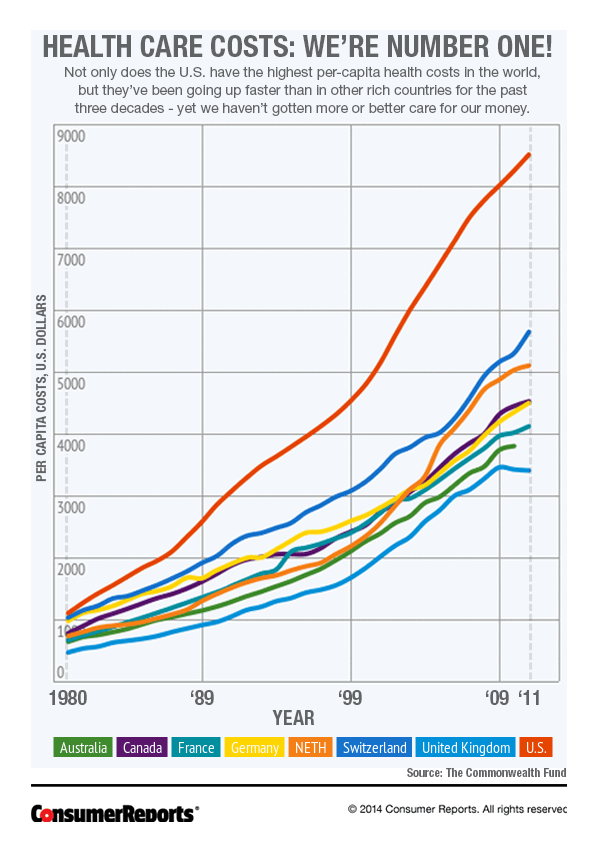1. Find out the real cost of your treatment
More and more insurers are disclosing at least some negotiated prices to members who register with their websites. Take advantage of that feature if your health plan offers it, especially for things you can plan in advance, such as imaging tests. In a recent experiment, people scheduled for CT scans or MRIs were called and told about cheaper alternatives of equal quality; they ended up saving participating insurers an average of $220 per scan—and prompted more expensive providers to cut their prices.
2. If you want the celeb doctor, pay extra
"Reference pricing" is when an insurer analyzes its past claims to set a reasonable price for a good-quality routine test or procedure and tells its customers that if they want to go to a higher-cost in-network provider, they can—but will be responsible for the difference between the reference price and the provider's price.
CalPERS, which buys health insurance for 1.3 million California state employees and retirees, set a reference price of $30,000 for routine hip and knee replacements after discovering it was paying as much as $110,000 for those procedures. In the first year, savings averaged $7,000 per patient—and several high-cost hospitals suddenly discovered that they, too, could offer $30,000 joint replacements. One caveat: This fix needs to be done carefully to make sure that quality stays high and consumers aren't caught by surprise.
3. Seek out a smaller medical network
You can save about 20 percent on premiums by signing up with a plan that has fewer providers than customary. Providers give the insurer a price break in exchange for fewer competitors. But before signing on, make sure that the network includes the doctors, hospitals, labs, and other services you need within a reasonable distance from your home and that they accept new patients. Subscribers to our website can see how hospitals compare in quality.





























